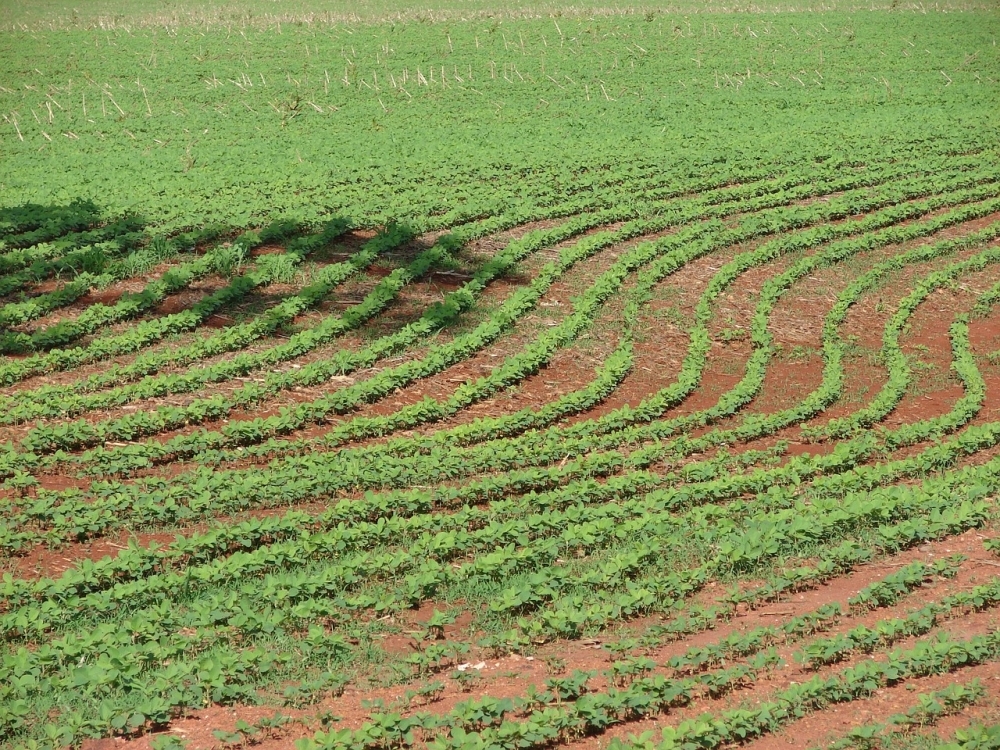

The data, referring to Brazil, Argentina, Colombia and Guatemala, was presented by the FAPESP Bioenergy Research Program (BIOEN) during a seminar hosted by the International Energy Agency (photo: Voggacom/Pixabay)
The data, referring to Brazil, Argentina, Colombia and Guatemala, was presented by the FAPESP Bioenergy Research Program (BIOEN) during a seminar hosted by the International Energy Agency.
The data, referring to Brazil, Argentina, Colombia and Guatemala, was presented by the FAPESP Bioenergy Research Program (BIOEN) during a seminar hosted by the International Energy Agency.

The data, referring to Brazil, Argentina, Colombia and Guatemala, was presented by the FAPESP Bioenergy Research Program (BIOEN) during a seminar hosted by the International Energy Agency (photo: Voggacom/Pixabay)
By André Julião | Agência FAPESP – Production of biofuels in Brazil, Argentina, Colombia and Guatemala is energetically sustainable and contributes to significant reductions in greenhouse gas emissions. Furthermore, if some 5% of the land used for pasture were converted to plantations of sugarcane and other biomass crops, biofuel production in these countries could be doubled. These are some of the findings of the study “Biofuels in Emerging Markets: Potential for Sustainable Production and Consumption”, produced by the FAPESP Bioenergy Research Program (BIOEN) in cooperation with IEA Bioenergy TCP Task 39: Biofuels to Decarbonize Transport, a group of international experts working to increase use of sustainable transportation biofuels as part of the International Energy Agency’s (IEA) Task Collaboration Program for bioenergy, IEA Bioenergy.
The results of the study were presented during an online seminar held on May 22-23 by IEA Bioenergy and the United Nations Industrial Development Organization (UNIDO).
“We evaluated the options for an increase in biofuel production in Latin American emerging markets and concluded that conversion of small areas of pastureland, between 0.1% and 10%, could be sufficient to double biofuel production. This increase in production would be positive because demand is also high,” Glaucia Mendes Souza, a professor at the University of São Paulo’s Chemistry Institute (IQ-USP) and a member of BIOEN’s steering committee, said during her presentation.
In addition, if carbon credits for 1 metric ton of CO2 emissions were sold at USD 10.00 each, for example, Latin America’s biofuel producers would be able to increase their revenue by USD 600 million per year (based on 2019 production in the countries concerned). “This could stimulate innovation and novel uses for biomass,” she said.
According to the study, low-carbon biofuel policies should be considered to stimulate biofuel production and reward the current low-carbon energy effort that reduces CO2 emissions by 63.8 million tons per year in Brazil, Argentina, Colombia and Guatemala. Both ethanol and biodiesel are economically viable in all cases and highly sensitive to feedstock prices.
Recommendations
The document ends with several recommendations, the first of which is that because higher feedstock yields significantly impact emissions and can alleviate demand for land, research focusing on feedstock development and decarbonization of farming should be intensified. Next, the authors recommend portfolio diversification and new business models in the sugar and biofuel sectors (biogas, carbon capture and use, and hexose/pentose sugar uses for bioproducts) to stimulate innovation and enhance the economic robustness of this industry.
According to the recommendations, plants that produce ethanol from sugarcane in these four countries could export 25.9 TWh of electricity to the grid, and investment to increase energy efficiency should therefore be considered. Ethanol plants that already have cogeneration units could increase the use of lignocellulosic materials (straw and energy cane) to increase efficiency, boost revenue and reduce emissions. Lastly, green hydrogen produced from ethanol using the existing refueling infrastructure could be an interesting alternative to vehicle electrification.
The complete program and presentations are at: www.ieabioenergy.com/blog/ieaevent/ws29-opportunities-of-bioenergy-and-biofuels-in-developing-economies/. A video of the webinar including the presentation on the study is at: www.youtube.com/watch?v=xM8DQH_5IFw.
Republish
The Agency FAPESP licenses news via Creative Commons (CC-BY-NC-ND) so that they can be republished free of charge and in a simple way by other digital or printed vehicles. Agência FAPESP must be credited as the source of the content being republished and the name of the reporter (if any) must be attributed. Using the HMTL button below allows compliance with these rules, detailed in Digital Republishing Policy FAPESP.





